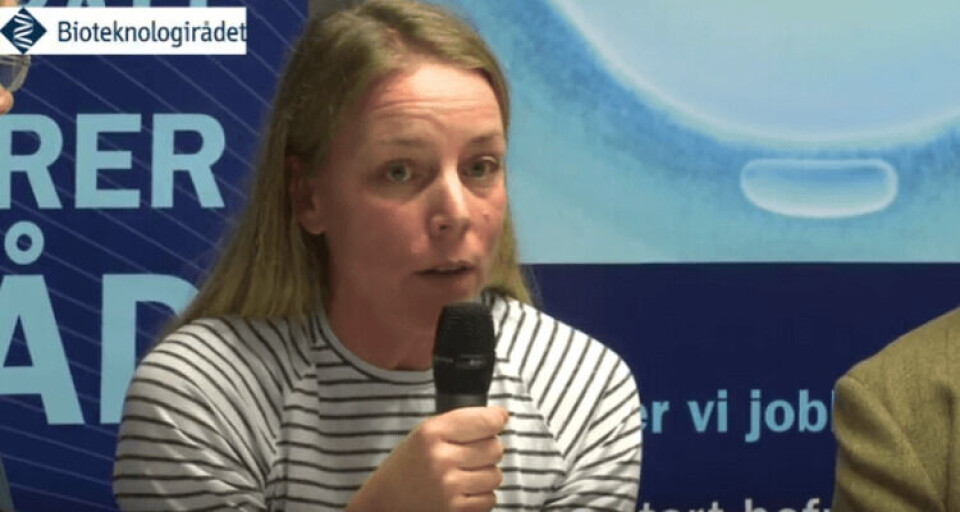
A fertile tool for sterile fish
Salmon that have been made sterile through loss of germ cells are likely to be a more practical alternative to triploids to ensure genetic containment in areas such as Scotland.
So believes Dr Anna Wargelius, leader of a project that has successfully used gene editing to create germ cell free salmon at IMR, who thinks that salmon rendered sterile through loss of germ cells by, gene editing or vaccination against germ cell survival proteins, are likely to be adaptable to a greater temperature range than triploids.
Although she concedes that triploids are showing great potential as a means of ensuring genetic containment – ie preventing any escaped fish interbreeding with wild salmon populations – she thinks that triploids are only going to be successfully deployed in areas with colder water.
“We already have triploid concessions in northern Norway, but they have been shown to perform better in cold conditions and probably aren’t suited to – for example – southern Norway or Scotland,” she says.
While a number of triploid projects in both Scotland and Norway have been trialled on a commercial scale, regulations dictate that Dr Wargelius’ edited fish are still confined to the lab, 3 ½ years after the project started. However, they do mark a very exciting milestone in Atlantic salmon research, as gene editing appears to have huge potential – not just for developing sterile fish.
“The first CRISPR project that we’ve started is concerned with sterility, but we also have plans for a metabolic project, which will look into using the technology to increase the levels of omega-3 retained in salmon,” she reflects.
“We are also very interested in looking at using it to increase disease resistance. I think it has huge potential in salmon – it has already been shown to be effective for creating resistance in pigs for two different strains of disease – and would enable the industry to decrease the use of medical treatments,” she adds.
Regulatory approval
While EU regulations don’t currently permit genetically edited fish from being stocked in standard marine sites, or being consumed by humans, Dr Wargelius – and the project’s funders – are keen to have the methodology in place so that a variety of different strains of Atlantic salmon, have been shown to be viable in time to be deployed commercially if and when regulatory changes occur. And whether the EU or other markets are likely to be most receptive remains to be seen.
“The USA has different regulations governing GMOs, depending on whether they are plants or animals. For example, a company called Recombinetics managed to use another gene editing tool, called TALENs, to develop a strain of [dairy] cattle without horns, but this has yet to be approved,” says Wargelius.
“Meanwhile in the EU all GMOs – whether plant or animal – have the same classification so maybe, in the long term, this market might offer more potential,” she continues.
Indeed, as she points out, part of the funding for IMR’s current CRISPR project is being provided by the EU. “They really are interested in the idea,” she reflects.
She believes that Canada also looks promising.
“They have approved the production of AquaBounty’s transgenic fish, so have come quite a lot further than the US,” Wargelius points out, “and I’m led to believe that Australia has less strict regulations too.”






















































